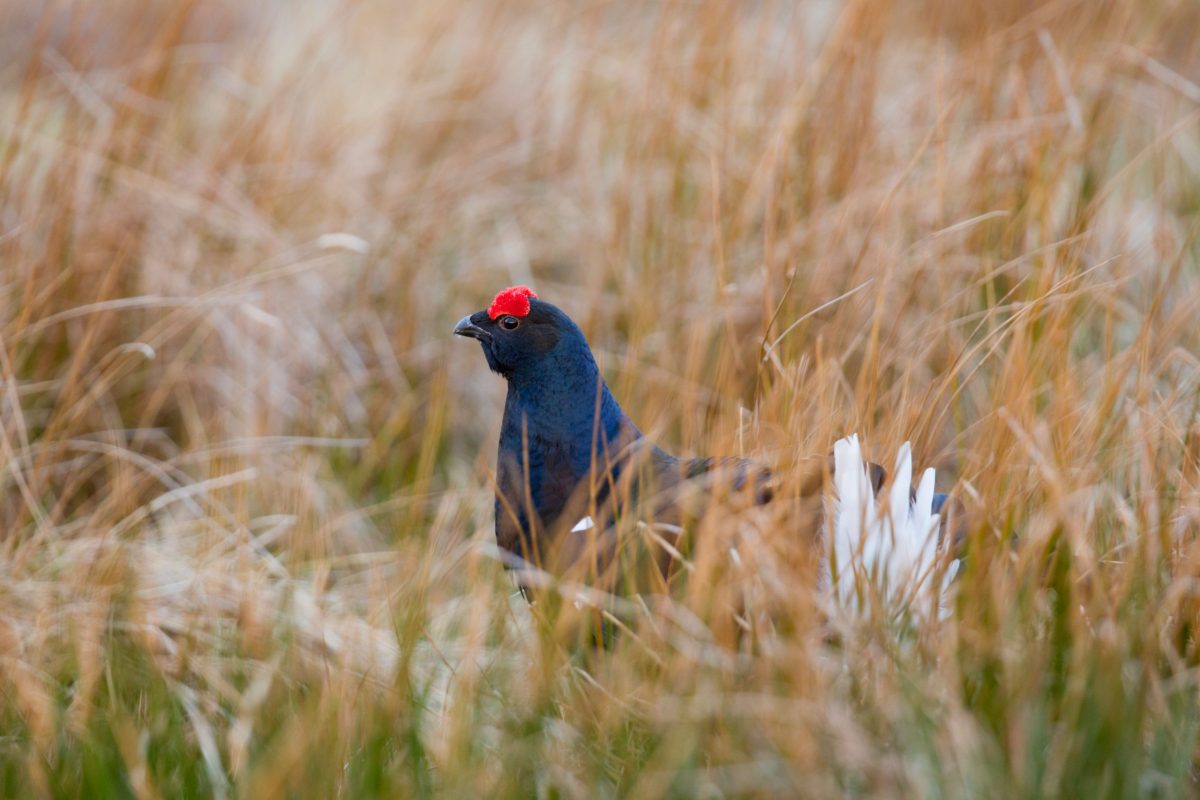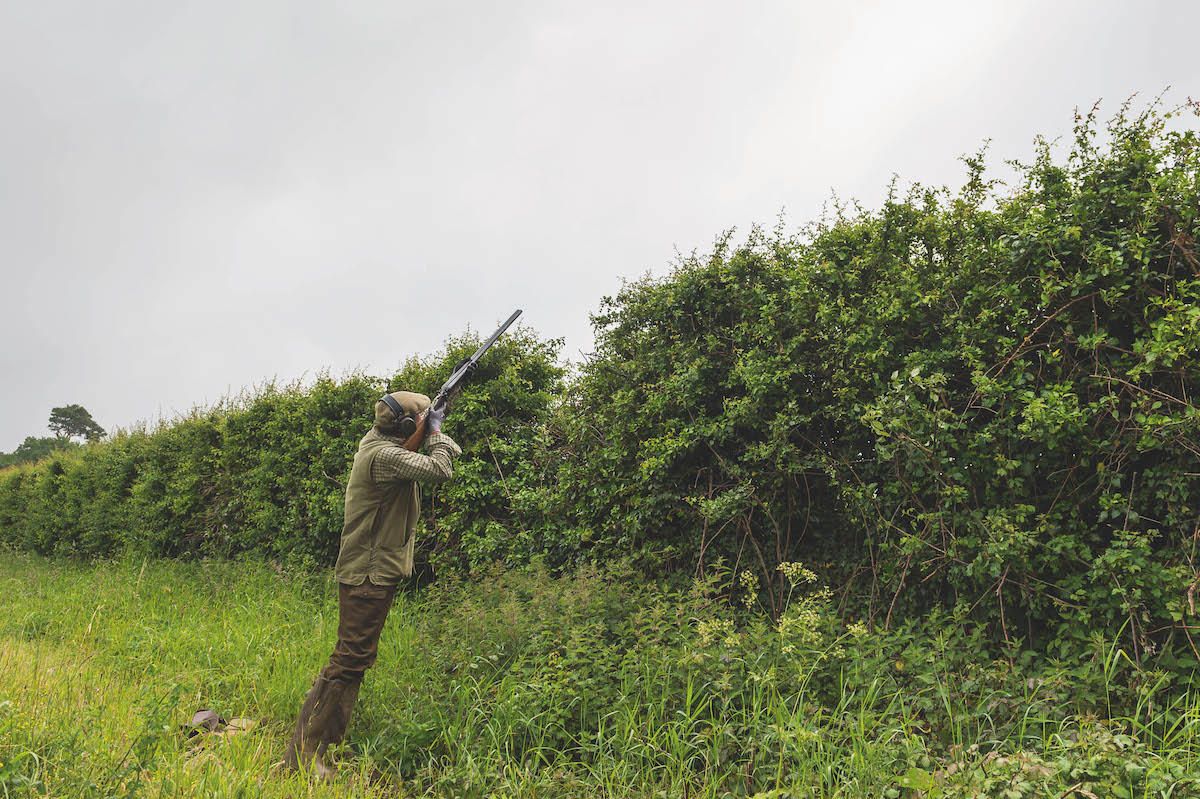Remembering land management lessons from the past
The consequences of not learning from the past and losing the skills of ancient land management doesn’t bear thinking about

Not long ago, people used to deride the suggestion that once controlled burning of moorland was stopped, there would be dangerous amounts of fuel. Now the chickens have come home to roost. Some 15 years on, we have what may become the norm as far as our weather is concerned, with low rainfall and high temperatures. There is now something of a panic as to how and what we are going to do to manage our large, combustible expanses of countryside.
At one of the many meetings I attended on the subject, a senior member of Natural England’s (NE) team said it was a risk he was willing to take. Now retired, I wonder what his current stance is?
NE and, for that matter, government agencies all over the world have ignored the knowledge of those who dealt with the management of countryside vegetation for, in some cases, tens of thousands of years. Compared to many indigenous peoples, our working knowledge is limited to a few hundred years, but it’s still there, for the time being. I say “for the time being”, because it does not take long for that skill base to be lost and forgotten.

A lack of grazing by cattle, on the hill, can have dire consequences for the likes of black grouse
Past lessons
Some 15 or 20 years of no burning and all the know-how that just about every moorland keeper used to possess won’t be passed on. It will be lost in the mists of time. Just as one summer fire can destroy a few thousand years of peat that we cannot replace, even with all our modern technology. I guess it will be too much humble pie for those who now have to deal with it to go to those who could tell them how and what to do, but we will see.
It never ceases to surprise me that we, especially government bodies, never learn from the past. The lowland heathlands were grazed for hundreds of years until the system by which it was done simply became outdated and the grazing ceased. As it was a valuable habitat for hundreds of species, the tree and scrub encroachment was met with dismay. On many heaths, there was a manual clearance strategy, which was rather like painting a large bridge — it never ended. Now we have more and more of the lowland heaths being managed by livestock once more, just as it had been for all those years before, and heralded in some cases as if it were an important new discovery.
In the uplands, in some areas driven by NE, there is a concerted push for destocking. Don’t get me wrong, I saw the worst of what the EU-driven headage payments did to the uplands. It was far from good, with vast areas denuded of just about all the heather, with blaeberry and other dwarf shrubs being eaten out. All that is left on much of that now is the unpalatable coarse grass, which even sheep dislike. That does not justify going too far in the other direction, though.
An absence of grazing by the correct breeds simply leads to scrub incursion, which in turn leads to the loss of open space, and consequently the loss of just about every species of bird that breeds there, including some real rarities.
We are already seeing large-scale tree encroachment on some of these open spaces, but it would appear we have not learned the lesson from the lowlands.
There needs to be a pragmatic approach to the whole concept of management of these areas, not simply what some individuals think is a good idea with not a shred of good science behind it. I say good science because I am concerned there is an increasing tendency simply to cherry-pick the bits that suit, even if they are not ‘good science’.








